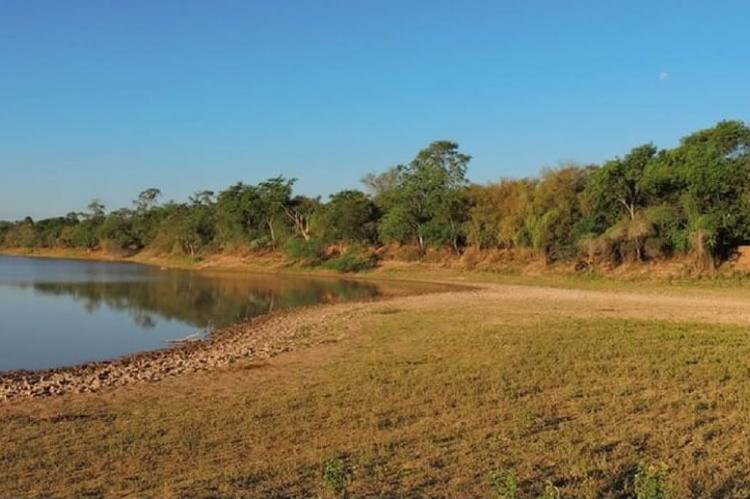Riacho Teuquito Biosphere Reserve (Argentina)
The Riacho Teuquito Biosphere Reserve is located in the Province of Formosa, within the Chaco region in northeastern Argentina. The environment protected by the Biosphere Reserve is primarily the woody ecosystems of the semi-arid Chaco, which has been weakly represented among protected areas in South America.
Riacho Teuquito Biosphere Reserve
The Riacho Teuquito Biosphere Reserve is located in the Province of Formosa, within the Chaco region in northeastern Argentina.
The total area of the Biosphere Reserve is approximately 81,000 ha (200,000 acres), of which about 10,000 ha (24,700 acres) make up the core area, 18,000 ha (44,500 acres) make up the buffer zone, and 63,000 ha (155,600 acres) make up the transition areas.
The environment protected by the Biosphere Reserve is primarily the woody ecosystems of the semi-arid Chaco, which has been weakly represented among protected areas in South America.
Deforestation has affected the Chaco region the most in Argentina, and the expansion of agriculture is the most recent cause.
The region of the Biosphere Reserve experiences average to low rainfall in spring and summer, with mild winters and warm summers.
Flora and Fauna
The Riacho Teuquito Biosphere Reserve belongs to the Chaco biogeographical region with tropical dry or deciduous forests, dominated by the evergreen white quebracho (Aspidosperma quebracho-blanco) and red quebracho (Schinopsis lorentzii) in the valleys, matorral scrublands and forests with matorral, flooded matorral, flooded savannas, agricultural systems, and grazing forests.
Tropical jungles cover the Biosphere Reserve with a predominance of quebracho, a tannin-rich tree. It is also the refuge for endangered species, such as the anteater, the armadillo, the jaguar, etc.
Wetlands, located primarily along rivers, provide a refuge for many species, including migratory birds. As a result, the Biosphere Reserve has rich and varied fauna, including rare, threatened species.
Socio-Economic
Over 3,000 people live in the Biosphere Reserve, of which about 350 form indigenous communities. Agriculture, forestry, commerce, industry, and cattle raising are the principal economic activities.
The transition area contains a development project to promote the sustainable use of natural resources, establish pilot areas of productive models and harmonize environmental, political, social, cultural and economic issues.
